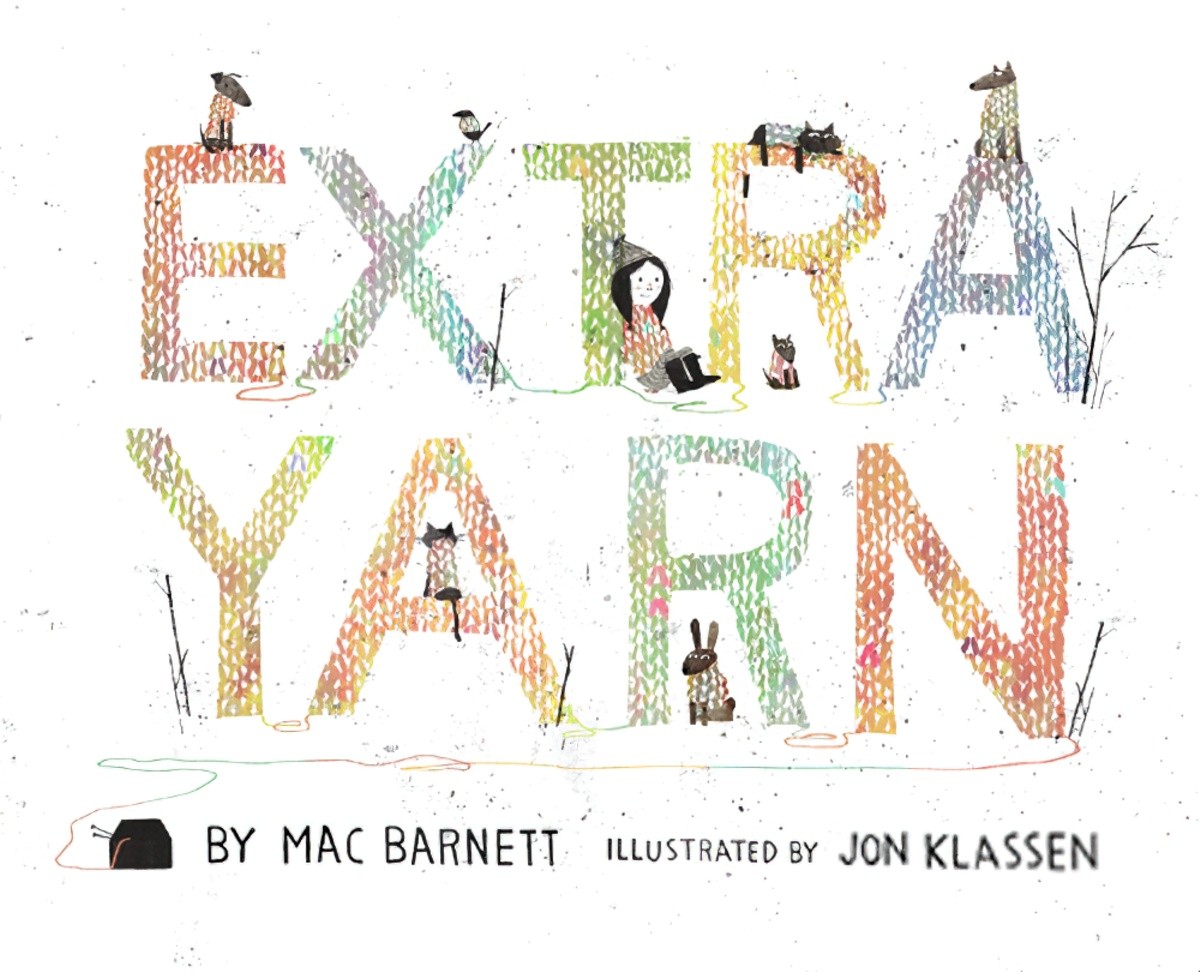-
Dad Jokes, Puns and Related Words
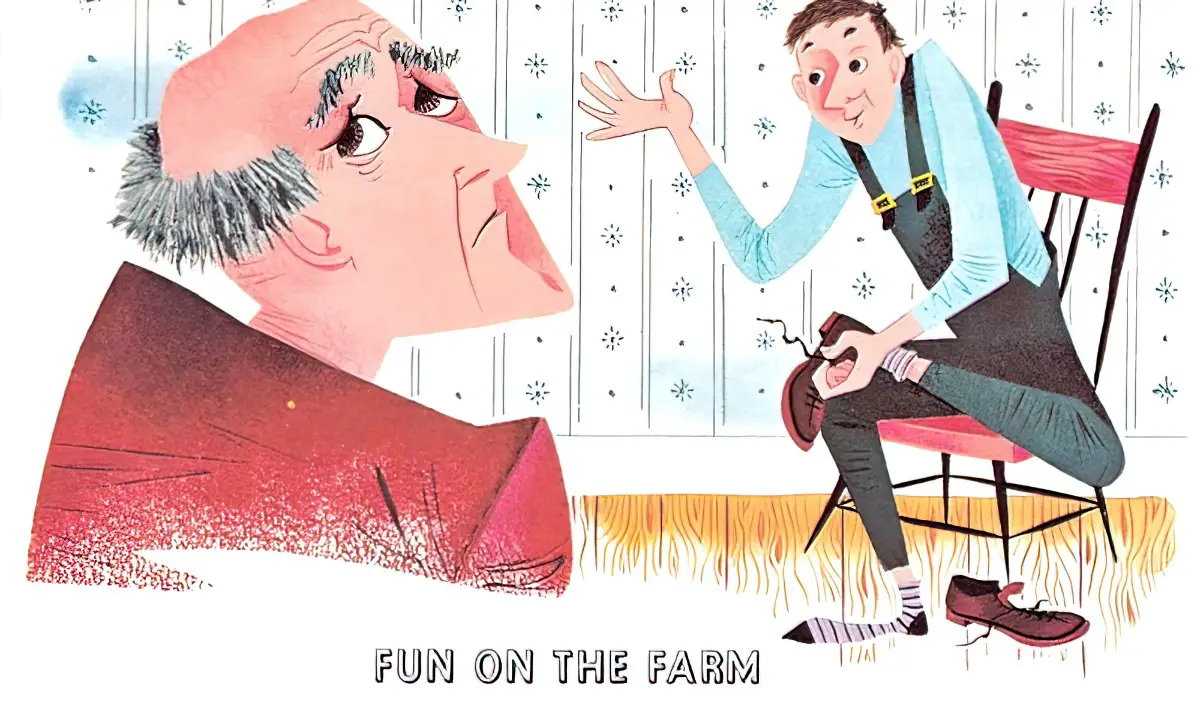
PUNS Puns are often simple wordplay for comedic or rhetorical effect. DAD JOKES Puns are at the heart of “Dad Jokes”, though in Dad Jokes, the “dad” generally pretends he doesn’t understand the speaker’s intended meaning. The Dad feigns stupidity, the Victim knows he’s only playing stupid, and the joke succeeds if it elicits a […]
-
Burglar Bill by Janet and Allan Ahlberg Analysis
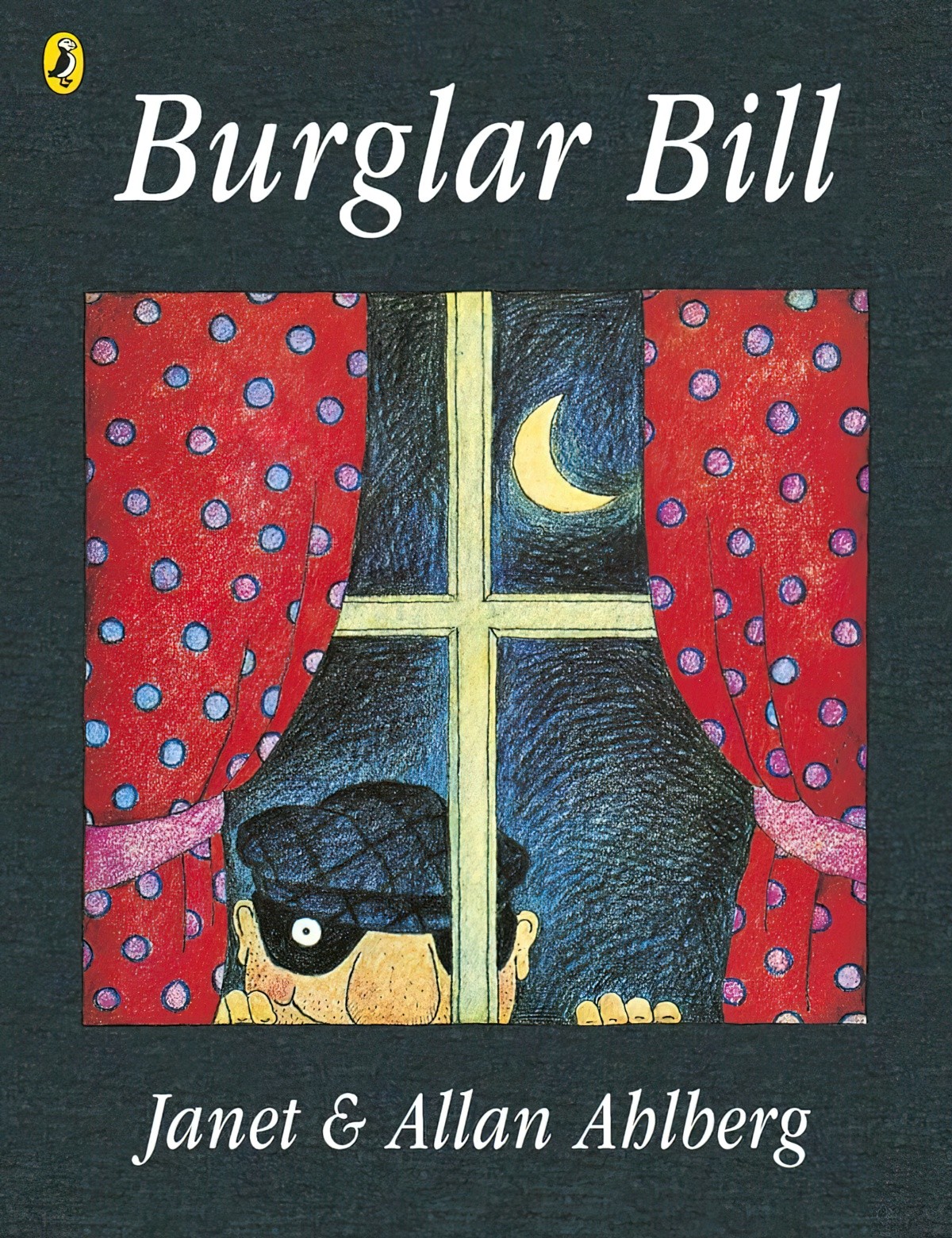
Burglar Bill is a picture book by Janet and Allan Ahlberg, first published in 1977. There are a number of picture books about burglars who break into houses at night, one of a child’s greatest fears going to sleep. Burglars can be found all across children’s literature. (Enid Blyton loved burglars.)
-
Tad by Benji Davies
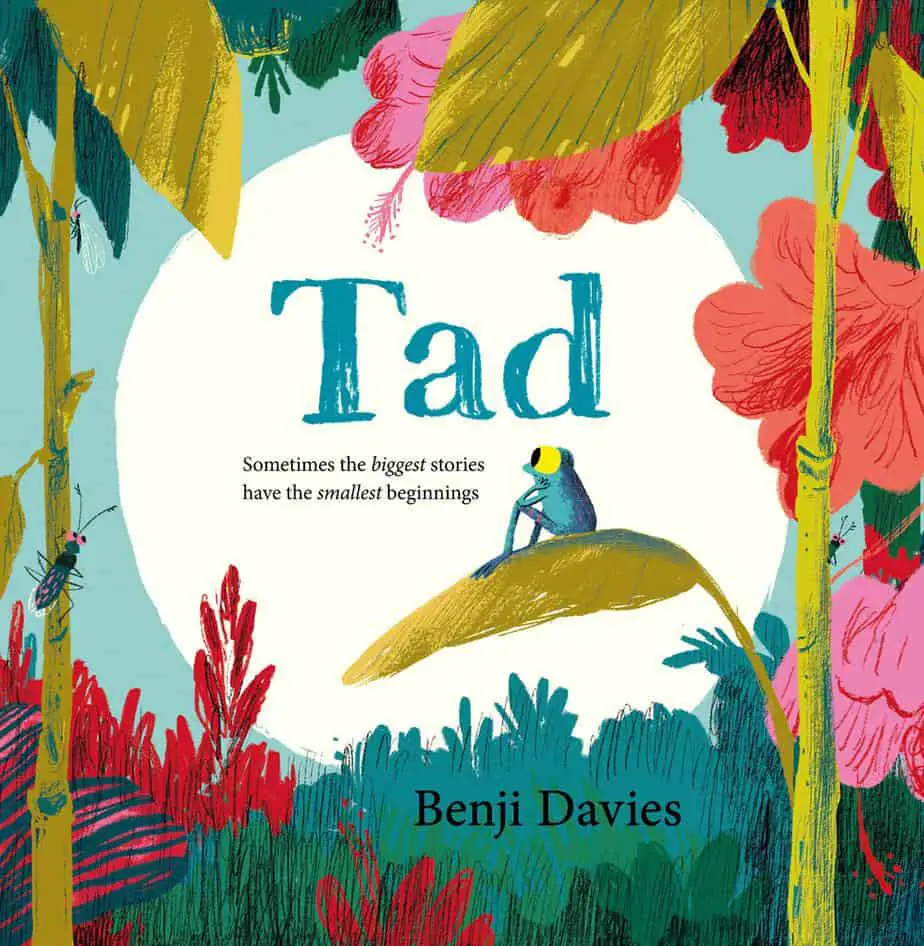
Tad (2019) is a picture book written and illustrated by Benji Davies. This is an especially good mentor text for illustrators because I’ve never seen a better example of a fairly muted colour scheme that suddenly pops after the page turn at the end. I literally said, “Wow!”
-
Poof and Worm-Hoop Part One
Poof The Old Lady is a graphic novel created by two neurodiverse ten-year-olds. The running gag is that an old lady by the name of Poof goes Poof! at the end of each story. But she comes alive before the next. The creators are best friends at school, and they both like to read and […]
-
Humour Study: Overly Literal Characters
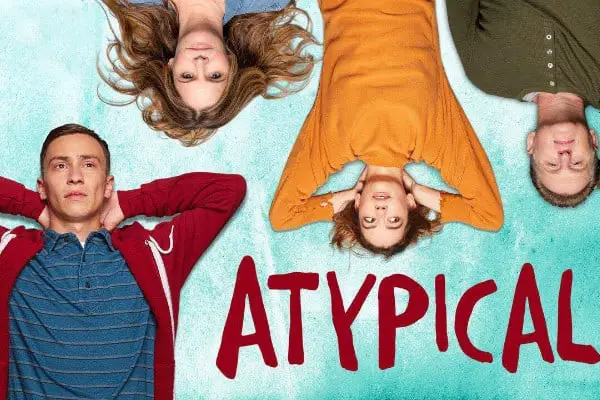
Humorous stories about characters who find themselves in strife after taking instructions too literally are old stock comedy fodder. One of the earliest recorded in Europe is the fairytale Clever Hans — an ironic title, because Hans is a fool. Hans does something stupid, his mother tells him to do it differently next time. But […]
-
Definition of Anagnorisis and Other Similar Words

Anagnorisis is a moment in a work of fiction when a character makes a critical discovery. Even for plotters rather than pantsers, this is the part of writing that often emerges in the process of storycrafting.
-
Humour Writing And Spongebob Squarepants
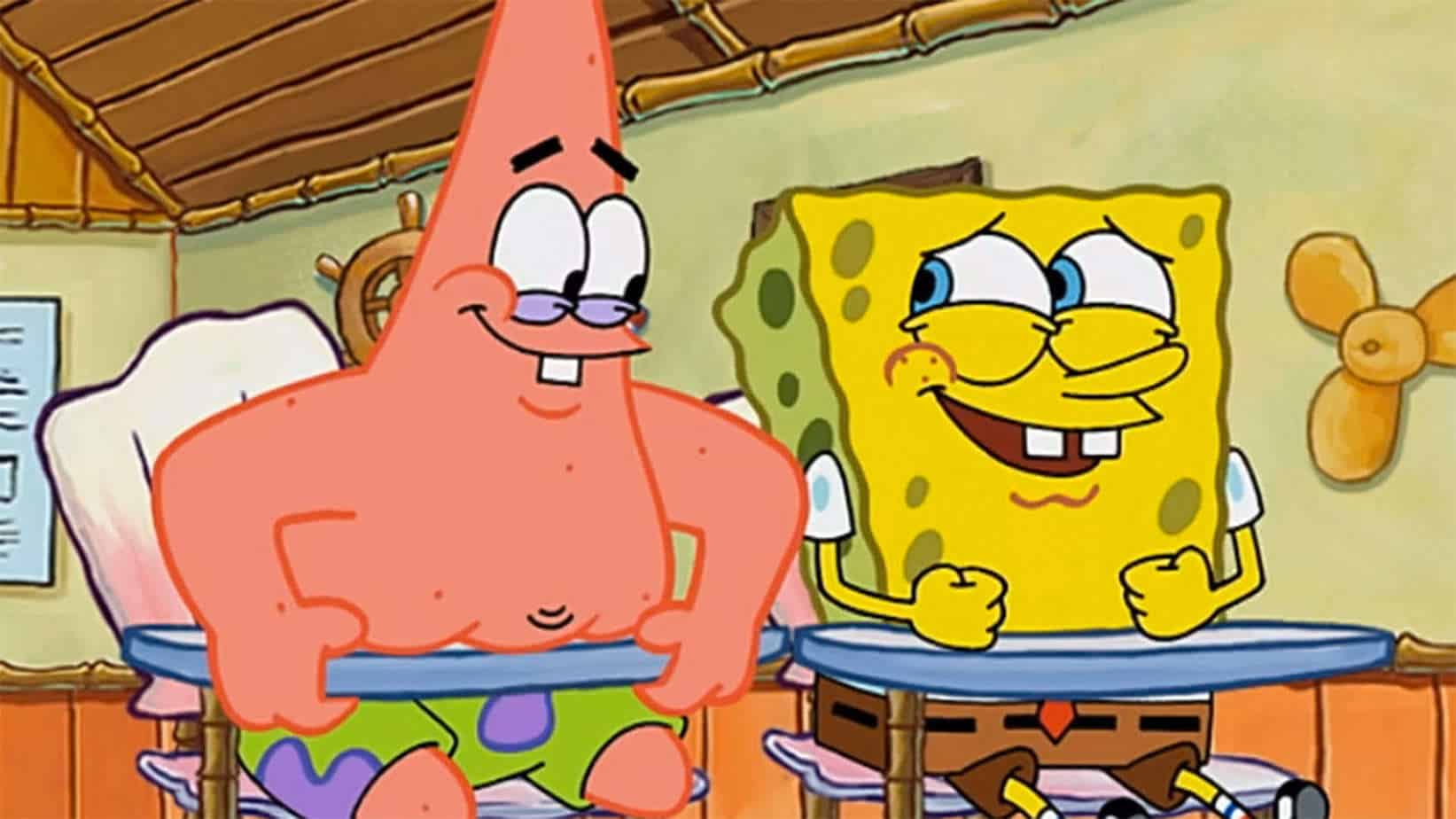
SpongeBob Squarepants is a fast-paced children’s cartoon for a dual audience, written by a guy who is also a marine biologist. This is a highly successful and long-running show, with humour that broadly appeals. This series has been running since 1999. Critics say the show has been declining in quality in the last few years, […]
-
Story Structure: New Situation And Extrapolated Ending
The ‘New Situation’ describes the part of a story also known as the ‘denouement’. The audience is left with a sense of what the main character’s life will be like from now on. This comes right after the anagnorisis (realisation) sequence. The main character has undergone a change (unless it’s a comedy) and their life […]
-
Story Structure: Character Desire

Kurt Vonnegut famously advised writers: Characters must want something, even if it’s just a glass of water.
-
Ocean Symbolism In Storytelling

The ocean contains multivalent symbolism — the known and the unknown; surface versus deep. The circle is closed. Nothing ever comes to an end. Wherever one has sunk roots that emanate from one’s best or truest self, one will always find a home. To return is not to revisit something that has failed. I can […]
-
The Mechanical Behaviour Of Fussbudgets In Comedy
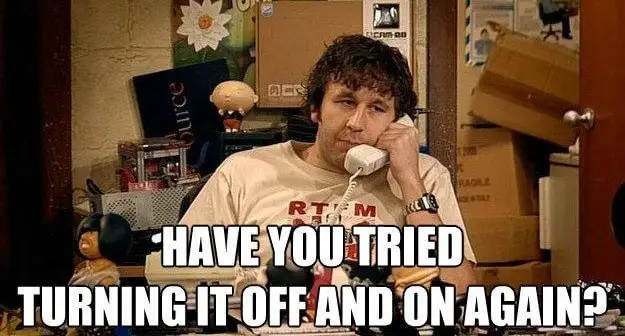
Fussbudgets, sticklers, officious types, whatever you want to call them — comedy gold. An essential component of the fussbudget is mechanical behaviour. We’ve all had run-ins with them, which makes the comedy aspect universal. MECHANICAL BEHAVIOUR ON SCREEN This gag plays out especially well visually, so you’ll see it in many films and TV shows. […]
-
The Carnivalesque in Children’s Literature

Carnival: In the Bakhtanian sense, “a place that is not a place and a time that is not a time”, in which one can “don the liberating masks of liminal masquerade”. Victor Turner, Dramas, Fields and Metaphors: Symbolic Action in Human Society, 1974 Children’s literature academic Maria Nikolajeva categorises children’s fiction into three general forms: […]
